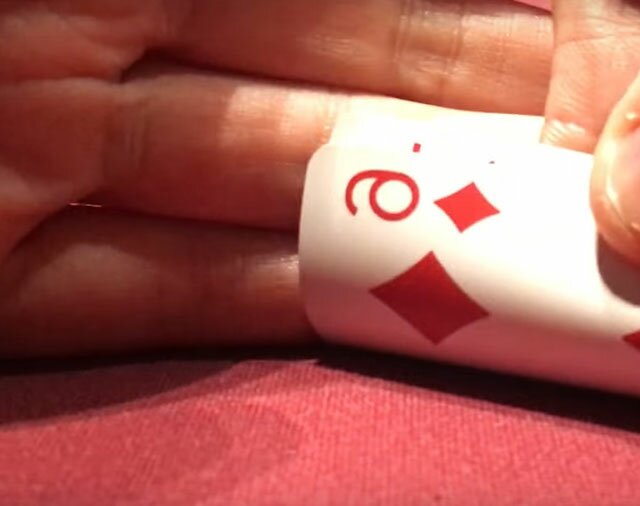While the earliest origins of the game of poker are often filled with speculation history is ripe with accounts of card sharp riverboat gamblers in 1850’s America playing “The Lying Game”. Of course, “bluffing” is really just a fancy word for lying about the strength of your hand.
Dating back all the way to 900 AD China one aspect which has remained constant in every poker-like card game is “Bluffing”.
What is a Bluff?
Even if you’re a new poker player you probably understand what bluffing entails and why it is done.
To make it very simple, bluffing is deceiving your opponent that you have a very good hand of cards when, on the contrary, you don’t. Bluffing is done to make your hand look stronger to your opponents with the intention of making your opponents fold.
Types of Bluffs
Overall, there are two main types of bluffs:
Pure bluff or a stone cold bluff
When a person has an inferior hand which has no chance what-so-ever of improving, then the bet he places or raises is known as a pure bluff. The person making a pure bluff knows that he can only win the game if all the opponents on the table fold.
The probability of a pure bluff can result in positive expectations only if the calling of the bluff by the opponents will be lower than the pot odds. Pot odds is the ratio between the size of the bluff to the size of the pot.
Semi-bluff
This is usually done in the games which have multiple rounds of betting. If a person bluffs with an inferior hand which has chances of improving in the later rounds then this is known as a semi-bluff. In this scenario the bluffer can win the pot by two methods: if all the players fold at once, or he gets a card which can improve his hand.

Factors to Make Your Bluff More Successful
Before deciding to bluff, you need to consider the following two aspects of the game table to make your bluff more successful:
Opponents
There are as many types of poker players as there are types of personalities. The saying goes that, it is easier to bluff a good player than a bad player. While bluffing you need to choose the opponent with care.
You don’t want to bet against an opponent who is a total newbie in the game and doesn’t have a single idea when to fold and when to call.
You also don’t want to bluff against a player who is too stubborn to fold even when he knows you have him beat. Nor should you bluff against a player who is inexperienced enough to not even know what your bet means.
The Perfect Bluffing Victim
The ideal person to bluff against is the one who has just won a big pot and is stacking or preserving his chips. He’s more concerned about saving his good fortune then to take the risk and call your bluff. You can also successfully bluff against a person who has been beaten badly before and he will draw out the game with the slightest push.
Your Table Image
Your image at the table is tantamount for your bluff to go successfully. If you are perceived as a tight player then your stringent bets will be seen as strategy and your bluff will be bound to succeed. If you have thrown away your cash on the bets then your bluff be most likely called.
Like Most Things in Life, Bluffing is Full of Nuance Gained from Experience
Bluffing is not as simple as it sounds and, like all things, there is a time and place for bluffing. Novice poker players are most likely to succumb to the temptation of bluffing but it’s important that you consider your position on the table before trying to bluff.
It’s best to become a bit more practiced at the game before you attempt to master the art of bluffing.